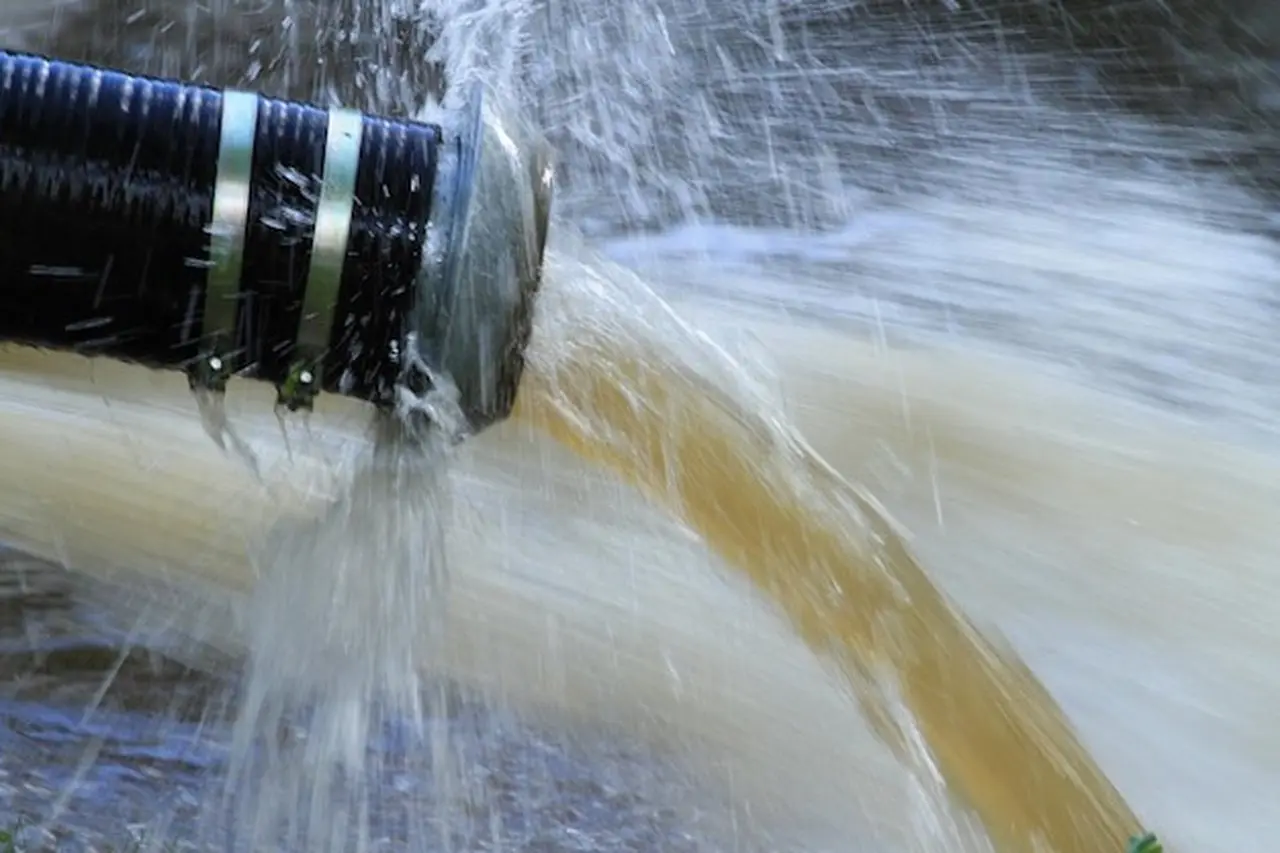Efficient water management is crucial across various industries, from wastewater treatment to construction and environmental restoration. Among the many innovative solutions available, water separation techniques stand out as a cornerstone in addressing challenges related to sediment, sludge, and waste management. One advanced method gaining prominence is the use of geotextile tubes, which combine efficiency and sustainability.
1. What Are Geotextile Tubes?
Geotextile tubes, also known as dewatering tubes, are large, permeable fabric containers made from high-strength geotextiles. These tubes are specifically designed to separate water from solids, offering a practical and cost-effective solution for handling materials like sludge, sediments, and dredged materials.
2. How Do Geotextile Tubes Work in Water Separation?
The working principle of geotextile tube is straightforward yet highly effective. The process typically involves:
Filling the Tube
The material to be separated, such as sludge or slurry, is pumped into the geotextile tube. This material often contains water and solids that need separation.
Filtration
As the water seeps through the porous fabric, fine particles and sediments are trapped within the tube. The specially engineered geotextile allows water to pass through while retaining solids.
Dewatering
Over time, the retained material consolidates and dries within the tube, reducing its volume significantly. The clean, filtered water is safely discharged or reused, depending on the application.
3. Applications of Geotextile Tubes in Water Separation
Wastewater Treatment
Industries and municipalities use geotextile tubes to treat wastewater by separating sludge from water, reducing waste volume for disposal.
Dredging Operations
Dredging projects, whether for environmental restoration or infrastructure development, rely on geotextile tubes to manage sediment and debris effectively.
Agriculture and Aquaculture
In agricultural and aquaculture settings, these tubes help manage slurry, organic waste, and sediments, making operations more sustainable.
Flood Control and Coastal Protection
Geotextile tubes also serve dual purposes, such as forming barriers for flood control while simultaneously separating water from sediment-laden runoff.
Benefits of Geotextile Tubes
Cost-Effectiveness
Compared to traditional methods, geotextile tubes reduce labor, equipment, and disposal costs.
Environmentally Friendly
The technique minimizes environmental impact by effectively reducing waste and recycling water.
High Efficiency
These tubes handle large volumes of material while providing consistent and reliable performance.
Versatility
Geotextile tubes adapt to a range of industries, including mining, construction, and aquaculture.
Final Thoughts
Efficient water separation techniques are vital in managing resources sustainably, reducing waste, and enhancing industrial processes. Geotextile tubes play a crucial role in this landscape, offering a practical, eco-friendly, and cost-effective solution. With their versatility and high efficiency, these tools are revolutionizing water management across industries and paving the way for a cleaner, more sustainable future.


Leave a Comment